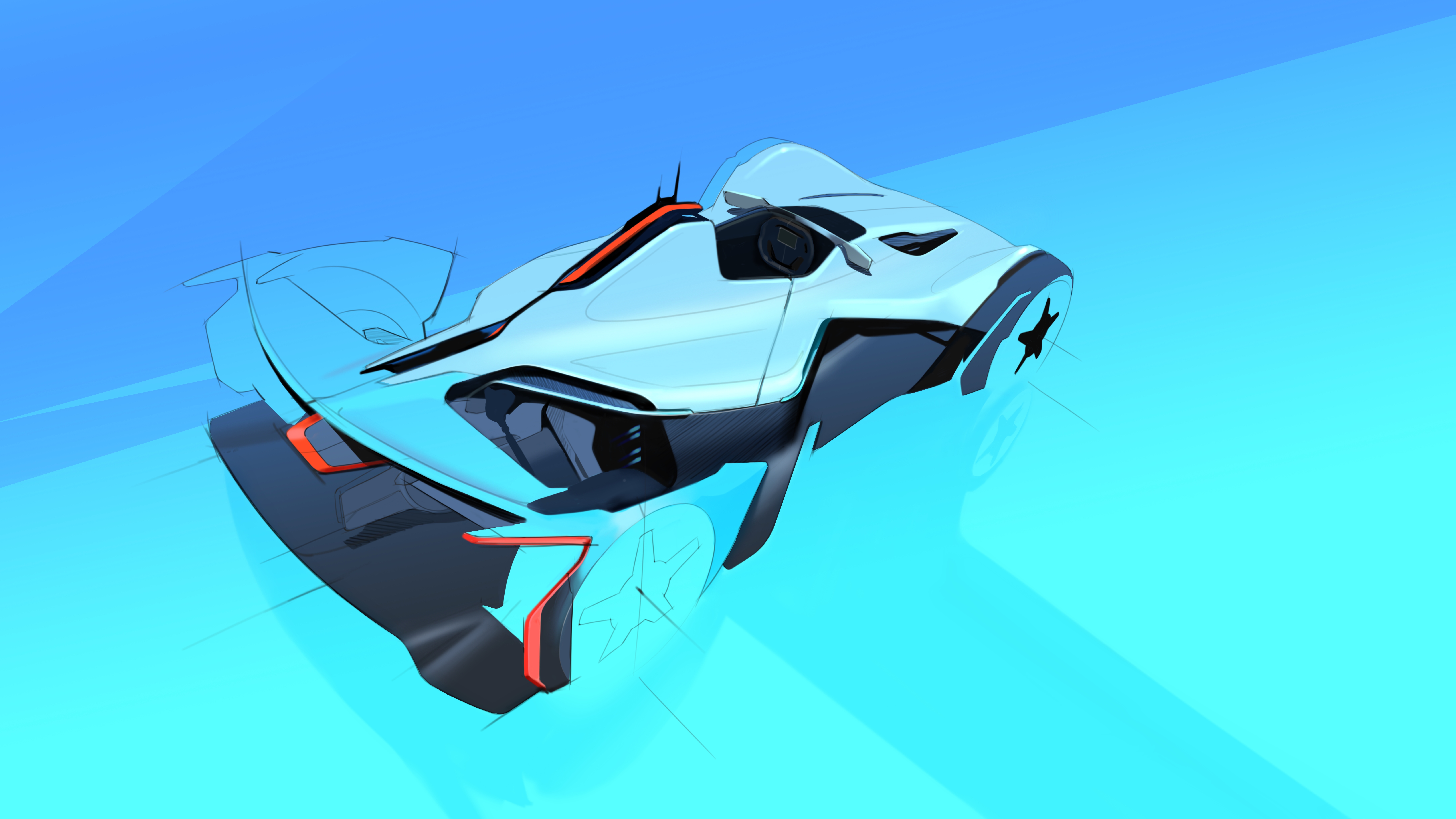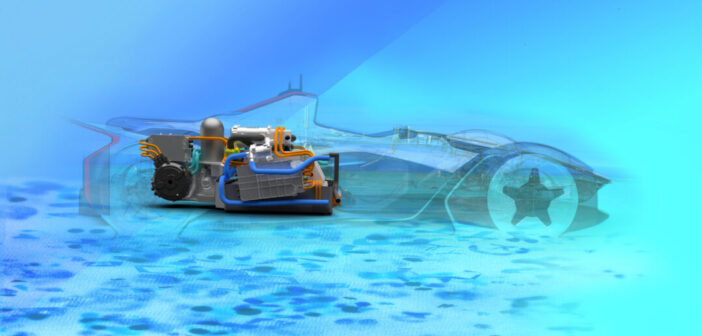A new hydrogen powertrain technology concept has been assessed by Briggs Automotive Company (BAC) and Viritech. Viritech secured a Niche Vehicle Network Feasibility Study grant, funded by the Office for Zero Emission Vehicles, to carry out an investigation into the development of a hydrogen powertrain for niche vehicle applications based off BAC’s Mono, which the two firms have coined e-Mono. BAC and Viritech’s aim is to retain the original Mono’s main characteristics and driving experience ethos.
One of the main challenges of integrating a 555kg Mono supercar with zero-emissions propulsion technology was keeping it ultra low weight – especially as converting to battery-electric could make it 50% heavier. In addition, the vehicle still needed to be agile and responsive through corners. Another of the main difficulties was fitting the powertrain within the existing chassis and body. Furthermore, it was stated that the e-Mono had to achieve the same Silverstone lap time as the Mono R, if not better.
It was accepted that the combination of a fuel cell, a hydrogen storage tank and a battery pack would be heavier than a petrol engine, but if kept to a manageable weight, it would not compromise the Mono’s agility.
The solution was to fit the battery pack element as far under the seat as possible, and by making the battery pack casing a structural component, it was possible to reduce the chassis footprint which increased available space. The fuel cell was placed above the battery pack, with its compressor hidden inside the air intake pod normally used for the petrol-powered Mono R.
The battery pack produces 265bhp, with a fuel cell producing 107bhp, and tiny 3kg motors on the front wheels, which provide an additional 55bhp per motor and all-wheel drive.
Digital twin technology was used to test the new car. In simulation, the e-Mono shaved two seconds off the Mono R Silverstone lap time. The combination of fuel cell and battery resulted in the capability to run 10 fast laps of Silverstone between refueling. On-road range was calculated as 166 miles on the WLTP cycle, approximately 140 miles in realistic use. The engineers managed to get the total vehicle weight to within 100kg of the current Mono-R. It was demonstrated through simulation that the fuel cell electric powertrain could meet the performance requirements laid out and without any changes to the vehicle’s ultra-compact footprint and bodyshell.
Neill Briggs, co-founder and director of product development at BAC, commented, “BAC is renowned for launching world firsts in the automotive industry and e-Mono raises the bar once again. Driving enthusiasts around the world will be as delighted as we are by this feasibility study, with e-Mono offering the perfect combination of range, performance and zero emissions. To bring e-Mono closer to production, BAC is looking for suitable funding to proceed to proof-of-concept stage, and we welcome conversations with interested parties.”
The results of the joint feasibility study provide BAC with a solid base for further development of the e-Mono into production.




